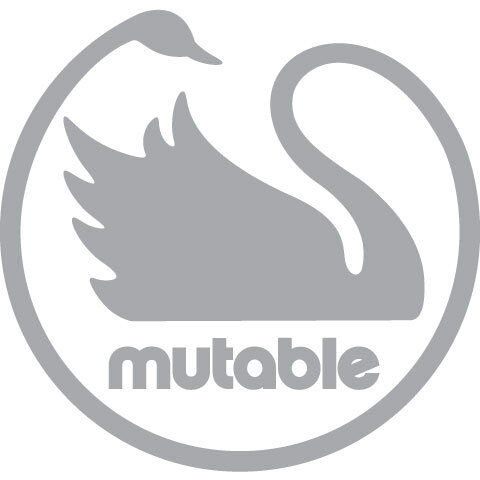In the Mutableye
AI art has proven both divisive and alluring, prompting Chomsky to describe AI and language learning models as, “plagiarism software because it doesn't create anything, but copies existing works of existing artists modifying them enough to escape copyright laws,” and, from Hayao Miyazaki: “I will never apply AI art to my work. The art form is an insult to life itself.” But there are those of us who can’t look away from these monstrosities, precisely because of their wrongness, their near-campiness and quasi-kitchiness.
It is in the ways that AI art fails that we are drawn to it. We chuckle knowingly at the oddly rendered hands even when we are unnerved by the humanity of the face we are looking at. We point out which actor this image was clearly based on, and how it’s just a little bit off, but we can’t stop looking at the sky behind.
As Susan Sontag says in Notes on ‘Camp’, camp sees everything in quotation marks. “It’s not a lamp, but a ‘lamp’; not a woman, but a ‘woman’” and this is exactly what AI art does to everything, but in both a more abstractified and specific way. It’s not Chris Pratt, it’s ‘Chris Pratt’. It’s not the Matrix. It’s ‘The Matrix’. It’s not a person, it’s a ‘person’. It takes units of culture and processes it into an ironic and alien counterpoint to the actual article, which is perhaps why Hayao Miyazaki sees it as an insult to life itself. Artifacts of human ingenuity are turned simulacra of themselves in a trick of computing mirrors that will always and forever render images that are somehow ‘off’, but it is precisely this offness that draws us to them, that turns them into units of camp, a kind of standardization of the so-bad-it’s-good aesthetic through the functioning of the attention transformer mechanism itself.
We here have Mutable have put together a collection of some of our favorites from the library of Abandoned Films and from TRGNY, as well as a few other examples indicative of trends in AI art as a whole.
Read More
